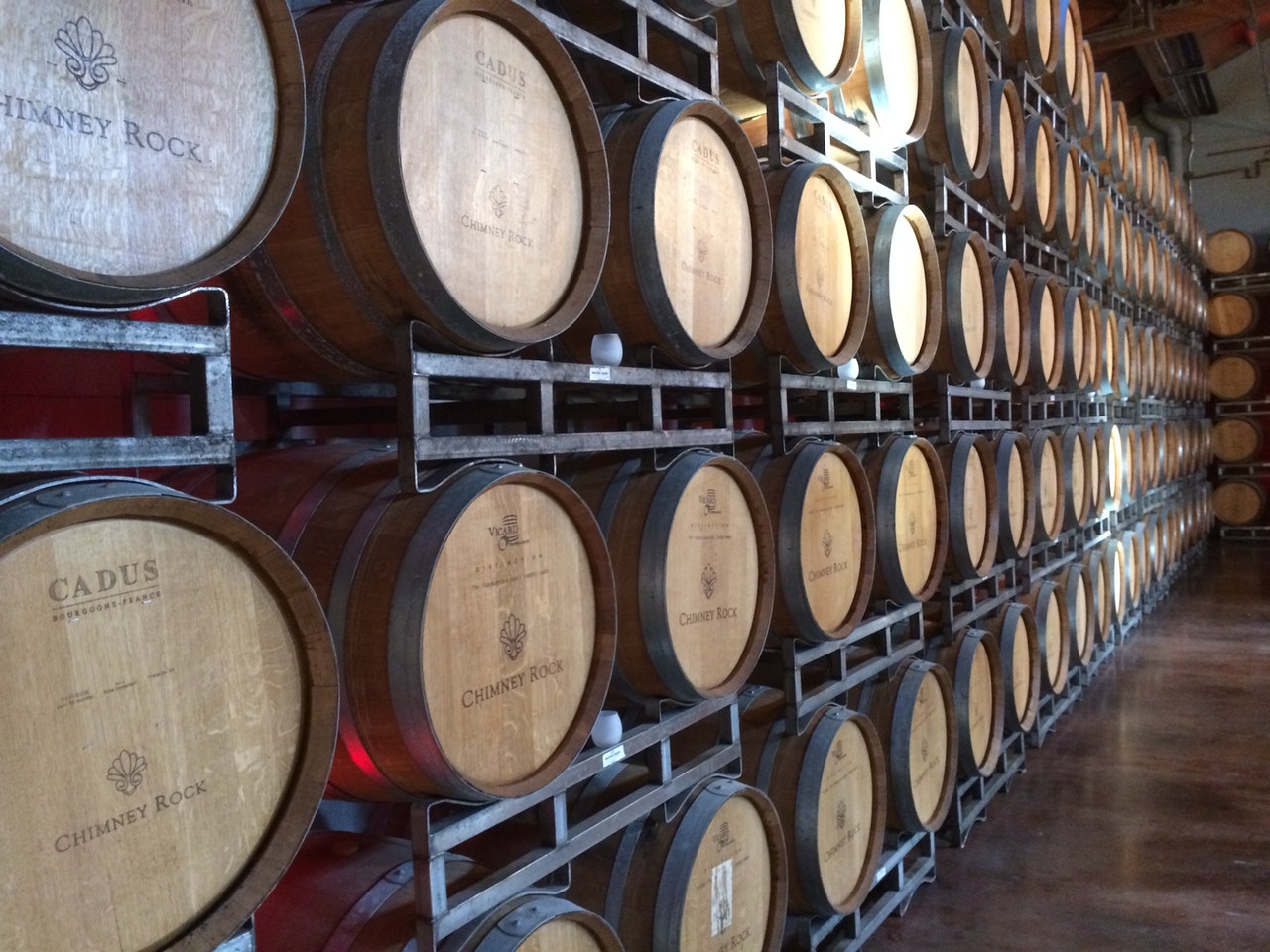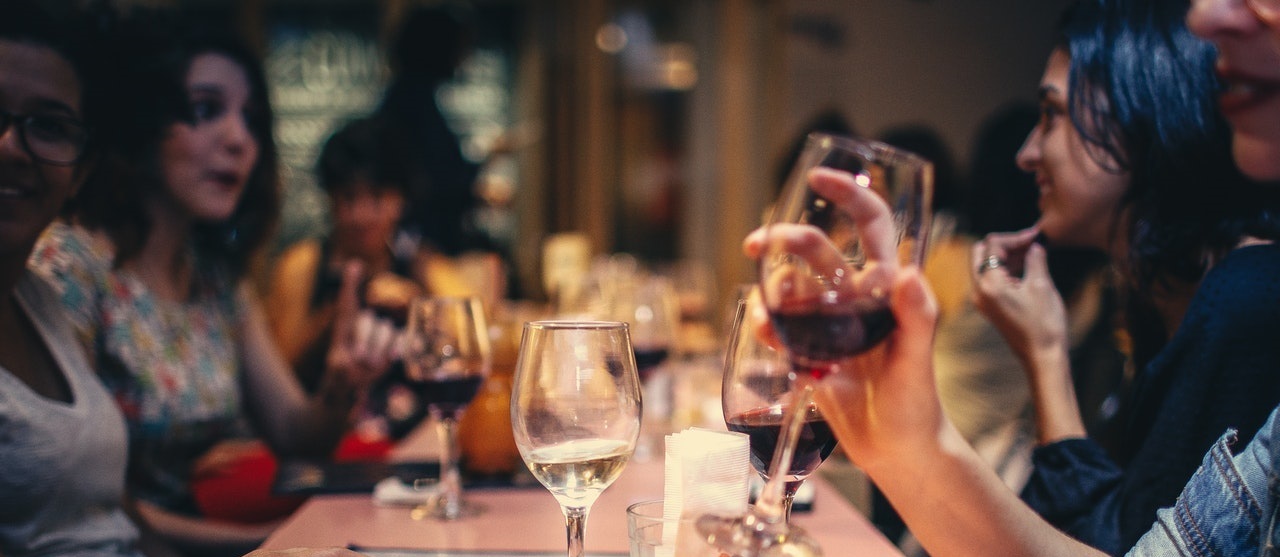Each year, Wine Spectator’s Top 100 captures the attention of both consumers and collectors. It’s a list that can simultaneously dazzle and overwhelm—packed with prestige cuvées, sleeper hits, and bottles that vanish from shelves before the ink dries on the rankings. But what happens when we remove the noise of hype and numbers, and instead taste these wines in context: with thoughtful pairings, side-by-side comparisons, and a spirit of curiosity?
That’s precisely what I set out to explore.
For this tasting, I selected eight wines from the 2024 Top 100 list, focusing on availability, diversity of style, and price point. My aim wasn’t to crown a winner, but to create a guided exploration for an engaged group of tasters—most of whom were serious enthusiasts rather than industry professionals. I paired each wine with a dish designed to highlight a structural or stylistic element: acidity, oak, fruit purity, tannin integration, or savory complexity. And rather than ranking wines, we discussed what each wine offered—and how it performed in the pairing.
Thematic Flights, Not Blind Judgments
Instead of organizing wines by region or varietal, I opted for thematic duos that encouraged deeper comparison. This also provided a framework for guests to think more like a sommelier or buyer—beyond label or price.
Flight 1: Beyond the Barrel (Fresh & Unoaked)
Whitehaven Sauvignon Blanc 2023 (Marlborough, New Zealand) and
Soalheiro Alvarinho 2023 (Vinho Verde, Portugal)
This opening flight explored vibrant, unoaked whites and sparked conversation around the “Anything But Chardonnay” drinker and the broader cultural shift toward leaner, more mineral-driven wines.
Both wines offered brilliant acidity and freshness, but the Soalheiro—texturally rounder and showing more phenolic grip with an enticing floral element—stood up better to the Upside-Down Garlic-Prawn with Lime pairing. The Whitehaven, while aromatically explosive, was more of a conversation wine—guests felt its precision didn’t quite meld with the cuisine.
Flight 2: Parallel Pinots – Oregon vs. Burgundy
Bethel Heights Estate Pinot Noir 2022 (Eola-Amity Hills, Willamette Valley, OR) and Louis Latour Château Corton Grancey Grand Cru 2022 (Côte de Beaune, Burgundy, France)
An eye-opening duo from parallel latitudes but world-apart price points. The Bethel Heights was taut and vibrant, with a steely core of acidity and red-fruited clarity. The Corton Grancey, a blend of four estate Grand Cru parcels aged in 35% new French oak, displayed elegance, mineral precision, and the quiet authority of a wine made to age.
These Pinot Noirs were paired with Duck Breast, Roasted Shiitake Mushrooms, and Raspberry Sauce. While both worked well, the Bethel Heights was seamless and ready to drink. The Corton, still a baby, showed immense promise—but needs time to fully unfurl.
Flight 3: Cult Classic vs. French Darling
Beaulieu Vineyard Georges de Latour Private Reserve Cabernet Sauvignon 2021 (Napa Valley, CA) and Domaine de la Janasse Châteauneuf-du-Pape 2022 (Southern Rhône, France)
This was a dynamic pairing of two powerhouses, each with strong identity and pedigree. The Janasse offered ripe red fruit, pepper, and garrigue with plush tannins and youthful energy. The BV Private Reserve Cabernet showed deep cassis, cedar, and graphite, but its tannins were still firm and in the early stages of integration.
The wines were served with Wild Boar Cannelloni with Tagine Spices, Feta, Braising Liquid, and Thumbelina Carrots. While both wines were still young, the Janasse held up against the weight and sweetness of the dish. The Cabernet, by contrast, became a slightly awkward pairing—as the North African spices in the tagine accentuated the roughness of its unintegrated tannins.
Flight 4: Exploring the B-Side of Italy
G.D. Vajra Barolo Albe 2020 (Piedmont, Italy) and Castello Romitorio Brunello di Montalcino 2019 (Tuscany, Italy)
This final flight offered a compelling look at two iconic Italian appellations through producers known for elegance over extraction. The Vajra Barolo Albe, with its lifted aromatics and linear frame, showed classic notes of tar, roses, and red fruit. The Romitorio Brunello brought richness, savory herb, and polished tannins—brilliantly composed, if a touch young.
Paired with Soft, Semi-Soft, and Hard Cheeses with Walnuts and Honey, the wines performed admirably, though the food pairing, for the grand finale, could have been more spectacular. While the cheeses and accompaniments were solid, they didn’t elevate the wines as effectively as hoped.
Conclusion: A List Reimagined
Wine Spectator’s Top 100 often arrives with a flourish—scores, scarcity, and a rush to secure bottles before they vanish. But tasting these wines outside the framework of rankings revealed something more meaningful: their ability to connect people, to illuminate place, and to surprise.
While the Wine Spectator Top 100 is published annually as a guide for buyers, I often hear comments that the ratings depend upon how many advertising dollars are spent by the awarded wineries. Or questions like: How can an $18 wine compete with a $200 bottle? The Spectator’s editors claim their selections are based on a blend of:
Quality: Based on the 100-point scale
Value: The wine’s price vs. quality
Availability: Number of cases produced
X-Factor: The wine’s story, uniqueness, or significance
Yet, all of these leave ample room for subjectivity—and potential bias. Wine Spectator is not the only publication marketing scores and reviews to help sell wine, but that is part of what they do. Readers should remember that different publications and critics have strengths in particular regions or styles, but not necessarily in all.
It had been many years since I last attended a Top 100 tasting. I’ll admit—I was pleasantly surprised. While the eight wines we sampled represent only a small slice of the full list, I came away with a renewed respect for the thoughtfulness behind the selections. I gained a clearer sense of the stylistic range being celebrated—something that will only make me a more informed buyer. And the food pairings? They offered a welcoming entry point for everyone in the room. After all, we may not all be professional tasters, but we’re all experts at eating.
Some wines dazzled immediately. Others whispered their virtues slowly, unfolding in the glass or shifting with food. A few weren’t ready to meet the moment—not because they lacked quality, but because great wine isn’t always on our timeline. When we move beyond the numbers and expectations, we’re left with what matters most: context, conversation, and discovery.
In this tasting, the highest-scoring wines weren’t always the most memorable. Instead, the wines that provoked the most discussion, sparked curiosity, or transformed with a dish were the ones that lingered in our minds. And isn’t that what great wine should do?

